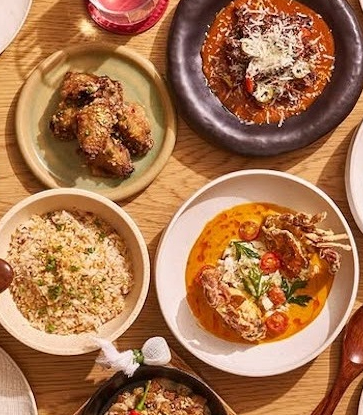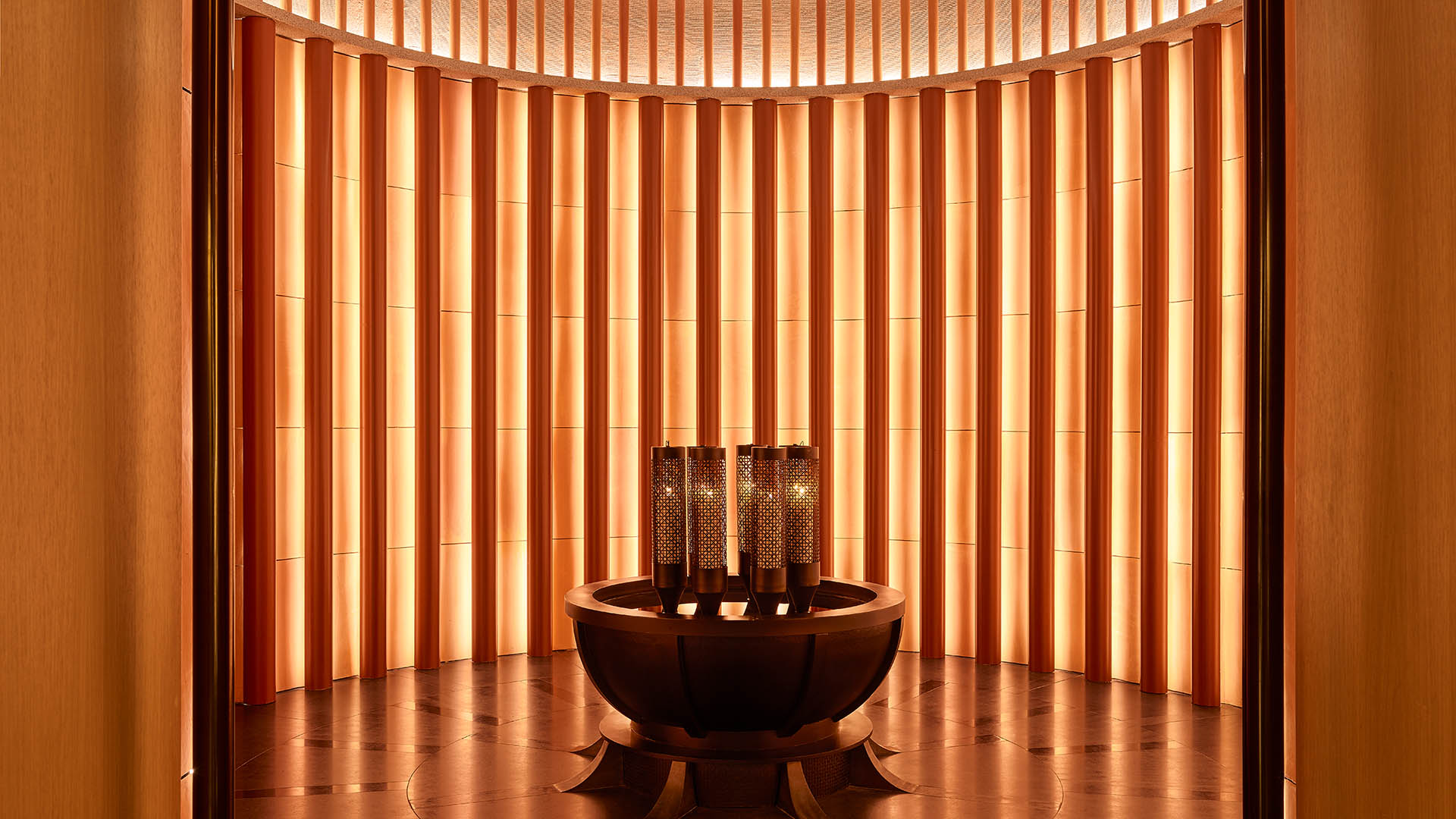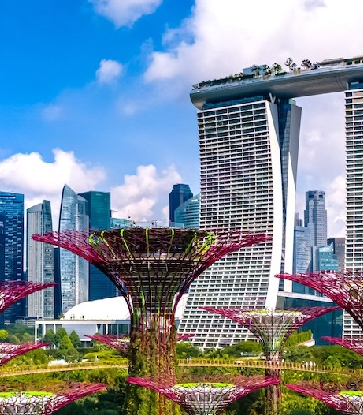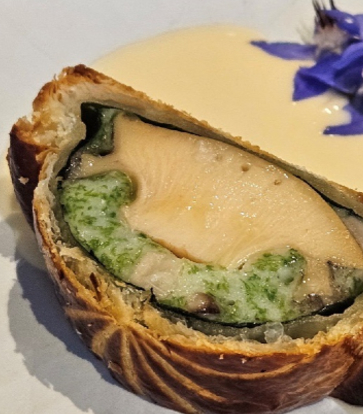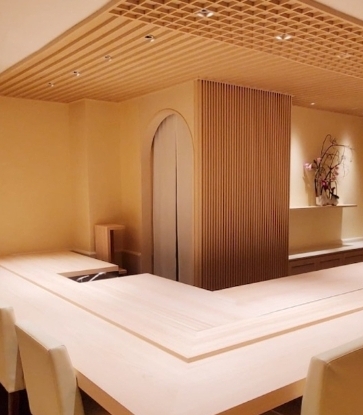Recognised by UNESCO as the world’s first “fusion” cuisine, Macanese gastronomy remains largely uncharted territory for many, often misconstrued as a mere offshoot of Cantonese cooking. With an extensive Portuguese presence spanning over four decades, Macanese cuisine stands as a living testament to both the maritime history of Portugal and the time-honoured culinary expertise of the vibrant Macanese community.

Tracing back to the early 1400s, Portugal embarked on an ambitious journey of global expansion, fuelled by its pursuit of trade growth and spice acquisition. Having established trading posts across Asia in the 1500s including Goa and Malacca, the Portuguese turned their gaze towards China. Following an initial period of challenges, Portugal secured Macau in 1557, marking the initiation of its 442-year residency on this small island at the southern tip of China. As a settlement colony, the Portuguese frequently intermarried with local women, leading to the emergence of an ethnic identity and cuisine that authentically celebrates its entwined heritage, much like the historical development in Malacca with the Peranakans.
The hallmark of Macanese cuisine is its rich blend of ingredients, a testament to Portugal’s vast maritime reach. A standard Macanese pantry reads like a captain’s logbook, detailing the diverse finds from their trading ventures: Mediterranean bay leaves, Indonesian coconut milk, Indian turmeric and tamarind, and South American chilli peppers, tomatoes, and potatoes. Absent from traditional Cantonese fare, these ingredients, in conjunction with local ingenuity, underwent an artful fusion with Cantonese culinary techniques. The result is a “fusion” cuisine that bears more resemblance to Peranakan dishes than conventional Cantonese cooking, creating a unique culinary identity.
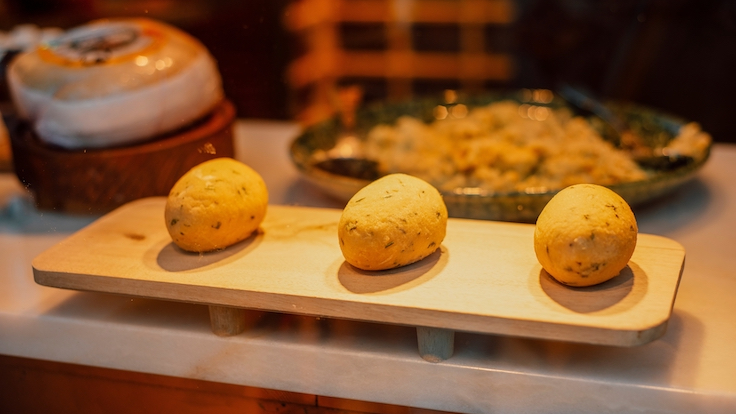
Portuguese Seafaring Heritage on a Plate
Central to Portuguese maritime history, sailors played a pivotal role in transferring Portuguese ingredients and practices to Macau, predominantly preserved due to the arduous voyage durations. Notable among these is bacalhau, a dried and salted cod, revered for its ability to retain nutrients and flavour during extended voyages. In Macau today, bacalhau takes the form of Pastéis de Bacalhau, oval-shaped fritters. The dried cod undergoes meticulous soaking in both water and milk, before being blended with potatoes, eggs, parsley, and onion, ultimately meeting the deep fryer.
Where to get it: Banza (Selected Restaurant, MICHELIN Guide Hong Kong & Macau 2023)

Another Portuguese pantry staple that survived the long voyage was chouriço. Made with pork meat, Portuguese chouriço is similar to Spanish chorizo, but with less paprika and a smokier flavour. Macanese cuisine artfully marries Portuguese chouriço with Chinese lap cheong in dishes such as Tacho, a Macanese adaptation of the Portuguese stew cozido à portuguesa. Melding northern Portuguese cozido (boiled meat) and enchido (sausage) with Southern Chinese cured meats, as well as local vegetables and the distinctive Macanese balichão (more on this later), Tacho epitomises the harmonious blend of East and West.
Where to get it: IFTM Educational Restaurant (Bib Gourmand and MICHELIN Green Star, MICHELIN Guide Hong Kong & Macau 2023)

Sugar, Spice, and Everything Nice
Contrary to its name, “African Chicken” is actually as Macanese as it gets. The legend is that local chef Américo Angelo at the Pousada de Macau hotel created it in the 1940s, inspired by his travels in the Portuguese colony of Mozambique. Marinated in chilis, onions, garlic, and paprika, the chicken is coated in a lemony, buttery coconut sauce, infused with crushed peanuts, and then grilled to perfection.
This dish’s journey can be traced across the expanse of the Portuguese empire. Indian spices infuse an almost curry-like profile, while dried coconut and coconut cream from Malaysia and Indonesia impart a distinct aroma. Bay leaves and dried rosemary nod to Portugal’s culinary heritage, while the Cantonese touch arrives via five-spice infusion. The dish is then complete with chillies from the Americas. Imagine African piri-piri chicken, but laced with Southeast Asian spices and Chinese culinary techniques! Though, the contemporary Macanese rendition is noticeably sweeter and less spicy to accommodate the Cantonese palate.
Where to get it: Espaço Lisboa (Selected Restaurant, MICHELIN Guide Hong Kong & Macau 2023)

Likewise, the classic Portuguese Chicken is intriguingly absent from Portugal itself. In Macau, this native dish takes shape as a mild curry chicken ensemble, accompanied by onions, potatoes, chouriço, and preserved black olives. The substantial inclusion of dried bay leaves echoes its Portuguese lineage. Coconut, introduced by the Portuguese during the 16th century, assumes a dual function: coconut milk enriches the curry, while coconut shreds are added to the stew before baking. Notably, coconut milk supplanted dairy milk as a predominant element in Macanese cuisine, a departure from the conventions of traditional Cantonese cooking.
Where to get it: A Lorcha (Selected Restaurant, MICHELIN Guide Hong Kong & Macau 2023)

Inventions in the Macanese Kitchen
While global spices and ingredients play a pivotal role, Macanese cuisine also boasts a collection of distinctive local creations. An essential condiment in Macanese kitchens is balichão, a salty shrimp sauce that bears semblance to Malay belachan. Comprising dried shrimps, salt, lemon zest, black pepper, and dried chilli, balichão’s distinctive liquid consistency is achieved through the infusion of whisky, setting it apart from its thicker Hong Kong counterpart. This condiment imparts its distinctive character to dishes like Porco Balichão Tamarindo, which draws inspiration from Portuguese carne de vinha d’alhos (meat with wine and garlic). Here, pork is elevated with the sweet tang of tamarind and the umami depth of balichão. Similar dishes born from carne de vinha d’alhos, with localised touches, are also popular in Singapore and the Philippines, with roots in Goa as the base ingredients and preparation method are similar to the Indian vindaloo.
Another staple of Macanese home cooking is Minchi, a delightful stir-fry featuring minced beef and pork. The name of the dish is believed to stem from Anglophone origins (as in “minced”), possibly borrowed from Macau’s neighbouring British-occupied Hong Kong. Alternatively, some sources attribute its roots to another Portuguese colony, Goa. Regardless, the ingredients aptly mirror its diverse heritage; while variations may include Worcestershire sauce or bay leaves, the foundational components encompass soy sauce, potato, pork, and beef mince, topped with a sunny side-up egg. A unique narrative accompanies each family’s recipe, each imbued with a spoonful of their own history.
Where to get these: IFTM Educational Restaurant (Bib Gourmand and MICHELIN Green Star, MICHELIN Guide Hong Kong & Macau 2023)

Undoubtedly, the quintessential Macanese street food is the Portuguese Egg Tart. Surprisingly, traditional Portuguese Egg Tarts only made their way to Macau toward the end of colonial rule, introduced by a British national. The Macanese variation, more custard-like than its Portuguese counterpart, arose from a 1989 creation by Englishman Andrew Stow. To align with Cantonese tastes, Stow ingeniously injected his British flair, exemplified by his preference for custard, leading to the iconic “Portuguese” egg tart that is almost synonymous with Macau today.
You can still find his original bakery, Lord Stow’s Bakery, in Coloane to this day. A hidden gem for Macanese egg tarts is at three-MICHELIN-starred The Eight at the Grand Lisboa Hotel, where they serve delicious complimentary Macanese-style milk tea and “Portuguese” egg tarts after your meal.
Where to get it: Lord Stow’s Bakery (Rua do Tassara) (Selected Restaurant, MICHELIN Guide Hong Kong & Macau 2023), The Eight (Three MICHELIN Stars, MICHELIIN Guide Hong Kong & Macau 2023)







